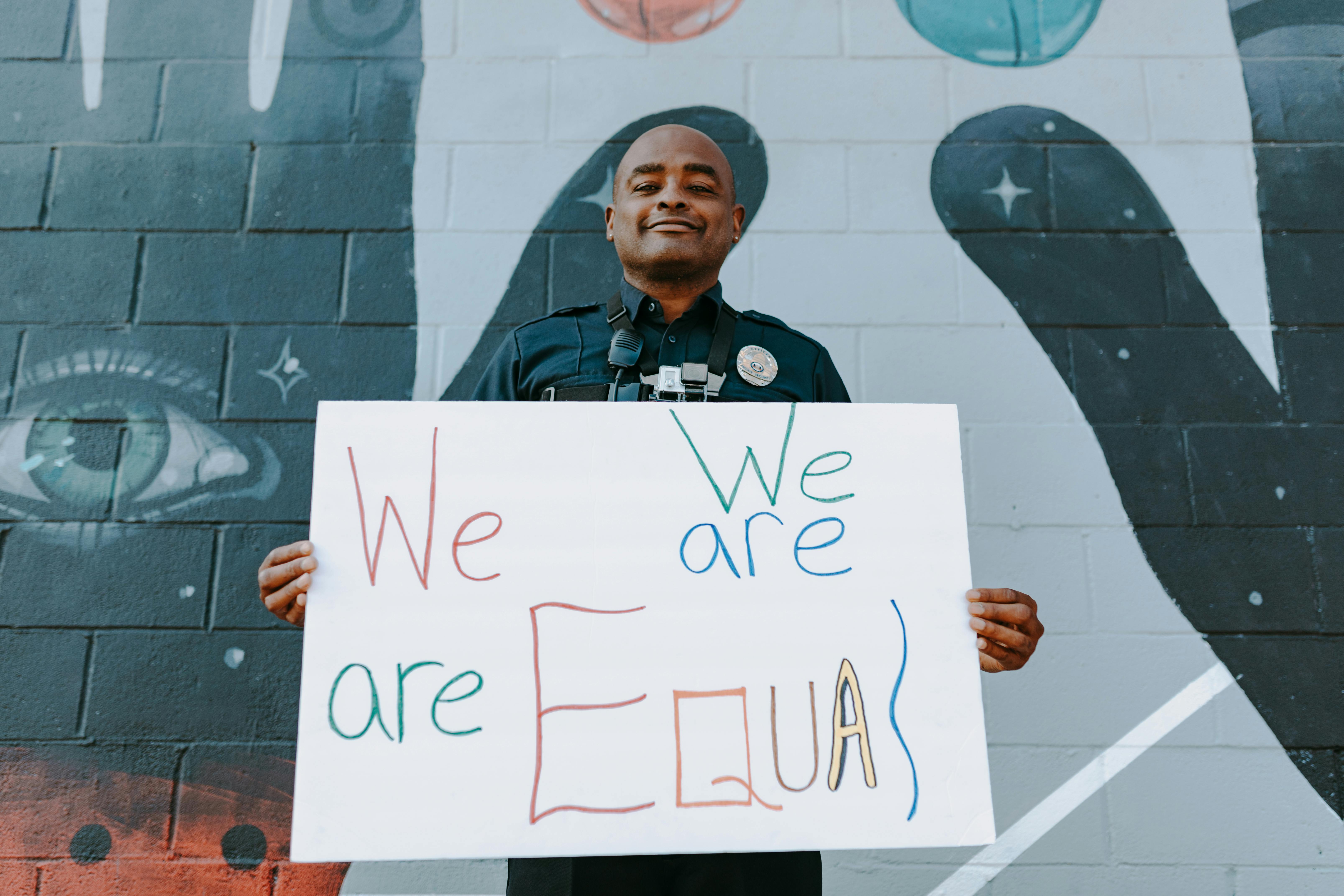Many nonprofit organizations rely on volunteers as well as paid employees to achieve their goals. However, few of these organizations fully understand the legal distinctions between these two types of workers. In essence, employees are paid and volunteers are not, but several factors affect legal definitions.
Volunteer vs. Employee: Who Qualifies?
The Department of Labor uses a variety of factors to determine whether a worker is an employee or a volunteer. These include:
-
Does the volunteer’s work or services benefit a non-profit organization?
-
Does the individual offer fewer hours than a full-time job would require?
-
Does individual volunteer of their own free will (i.e. without coercion or persuasion)?
-
Is the individual doing typical volunteer work?
-
Does the volunteer replace a regular employee?
-
Does the individual receive or expect to receive any kind of benefit from the non-profit organization for their time?
While no single factor is indicative of volunteering, the Department of Labor (DOL) will generally view volunteer work as commonplace if nonprofits can respond. Yes to the first four questions and Not to the last two.
Understanding the legal status of a volunteer
Refunds and stipends
Many non-profit organizations want to compensate their volunteers in some way. After all, volunteers are often vital to achieving the mission of a nonprofit organization. However, compensating volunteers can result in loss of volunteer status, as well as associated legal protection for volunteers. To retain protections, the Volunteer Protection Act requires the individual to perform services for a government or non-profit organization without receiving compensation.
However, non-profit organizations can reimburse volunteers for their expenses and provide them with stipends. The general rule of thumb is not to exceed $ 500 in annual compensation or benefits. While a nonprofit may think that a stipend of $ 50 per month doesn’t sound like much, it can take away the volunteer status of its unpaid workers. This means that the volunteer would no longer be protected from liability claims.
Nominal compensation
Compounding the problem is the DOL’s Fair Labor Standards Act (FLSA), which outlines nominal compensation allowances. The DOL Wage and Hour Division considers the fees paid to a volunteer to be nominal as long as they do not exceed 20% of what an equivalent paid position would require. Purdham v. Fairfax County School Board exemplify this situation. A paid school safety and security assistant also volunteered as the school’s golf coach. The coach received a stipend of $ 2,114 per year. The Fourth Circuit Court of Appeals upheld this stipend as nominal because the individual’s volunteer role was separate and different from their paid work. In addition, there was a part-time paid coach position, but the individual preferred to volunteer their time.
Non-profit organizations that wish to compensate their volunteers in some way should take precautions. While the DOL allows for reasonable reimbursement and nominal compensation, it is alarmingly easy to lose volunteer status and protections. However, losing status is not the only risk nonprofits take on their volunteers.
Where the differences between volunteers and employees end
While nonprofits must understand the difference between employees and volunteers for reasons of status and protection, they must also understand their similarities. For example, responsibility for labor practices is not exclusive to salaried employees. Even if a non-profit organization manages to operate 100% with volunteers, it needs work practices liability insurance (EPLI). EPLI protects nonprofits from a variety of allegations including:
-
Discrimination
-
Unfair hiring practices
-
Hostile work environment
-
sexual harassment
-
Unfair termination
While some of the above seem to apply only to paid workers (i.e. wrongful termination, hostile work environment), that is not the case.
For example, suppose a volunteer e-mails an inappropriate joke to another volunteer only to discover that he or she CC messaged all staff by mistake. If the nonprofit later relieves a different volunteer from their position, that person can sue the nonprofit for allowing a hostile work environment due to the crude email. While this may seem unlikely, numerous brief cases of this nature provide evidence to the contrary.
Wrongful termination lawsuits filed against nonprofits by former volunteers also crop up with surprising regularity. Many of these arise as a result of incorrect documentation. For example, suppose an underperforming volunteer files a report of sexual harassment. The nonprofit organization conducts due diligence and investigates the claim, but determines that no crime occurred. The nonprofit organization then goes on to relieve the volunteer due to poor performance. However, if the nonprofit did not document the meager performance, this situation looks very bad on paper. The fired volunteer can sue for wrongful termination, claiming that the nonprofit organization fired him because of the harassment claim.
Most nonprofits believe they are well aware of liability issues – avoid harassment, discrimination, and other serious problems in the workplace. However, EPL claims occur at a staggering rate, creating a significant source of risk and liability for any non-profit organization. Consult an expert for more information.




